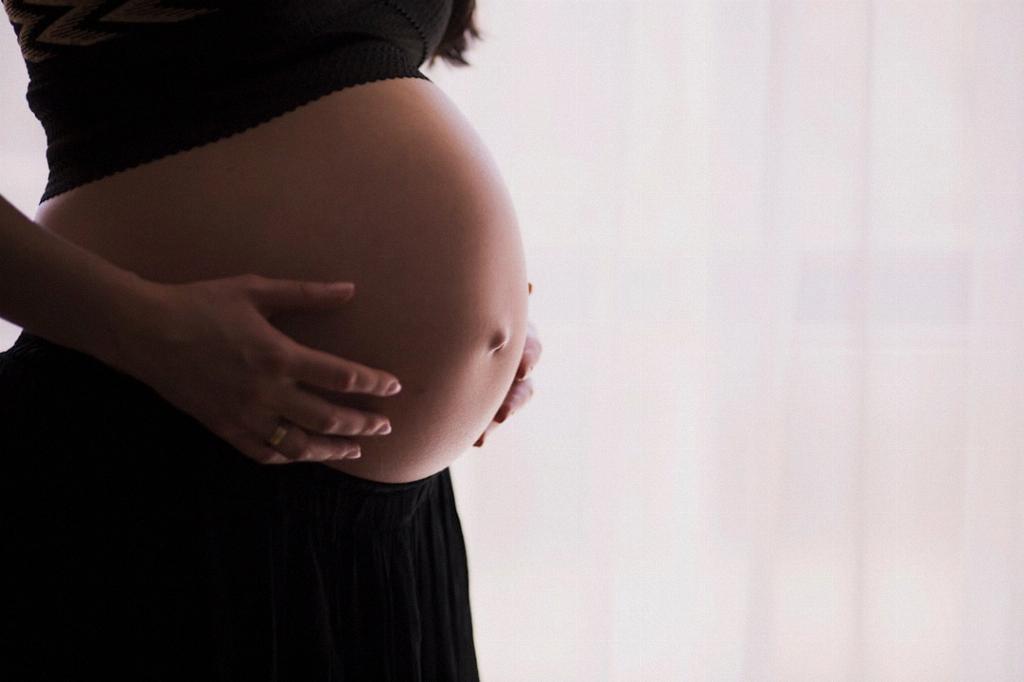When it comes to pregnancy, the way a baby bump sits can vary from woman to woman. One of the main factors influencing the position of the bump is the mother’s muscle tone. If a woman has tighter muscle tone, her baby is likely to sit higher in the abdomen. This means that women who are younger and more physically active before pregnancy might notice their bump sitting higher than others.
Another factor that can affect the positioning of the baby bump is the mother’s height. Shorter women may have their baby bump sit higher compared to taller women. This is because there is less space between the pubic bone and the top of the abdomen for the baby to settle into, leading to a higher bump.
High baby bumps are also associated with the position of the baby in the uterus. Some babies naturally sit higher in the abdomen, leading to a high baby bump for the mother. This can be impacted by the baby’s size, shape, and position within the uterus.
On the other hand, low baby bumps are often seen in women with looser abdominal muscles. This can happen as a result of previous pregnancies or a lack of muscle tone in the abdominal area. Women with low baby bumps may notice their baby sitting closer to the pelvis, giving the appearance of a bump that sits lower on the abdomen.
Additionally, the position of the placenta can also influence the height of the baby bump. If the placenta is positioned lower in the uterus, the baby bump may appear lower on the abdomen. Conversely, a higher placental position can contribute to a higher baby bump.
It’s important to note that the shape and size of the mother’s uterus can also play a role in the position of the baby bump. A tilted or retroverted uterus, where the uterus is tilted towards the back of the pelvis, may result in a different appearance of the baby bump compared to a uterus in a more typical position.
Genetics can also come into play when it comes to the height of the baby bump. Some women may simply carry their babies higher or lower based on genetic factors inherited from their parents. This can lead to variations in the appearance of the baby bump among different women.
Overall, the height of a baby bump can be influenced by a combination of factors including muscle tone, height, baby’s position, placental location, uterine shape, and genetic predispositions. It’s important to remember that every woman’s pregnancy is unique, and variations in baby bump height are perfectly normal and not indicative of any issues with the pregnancy.

